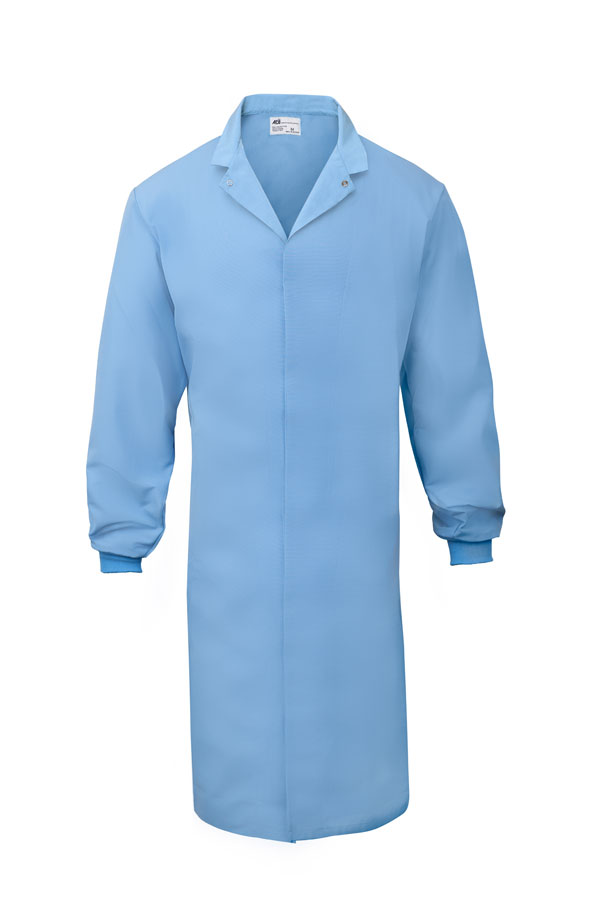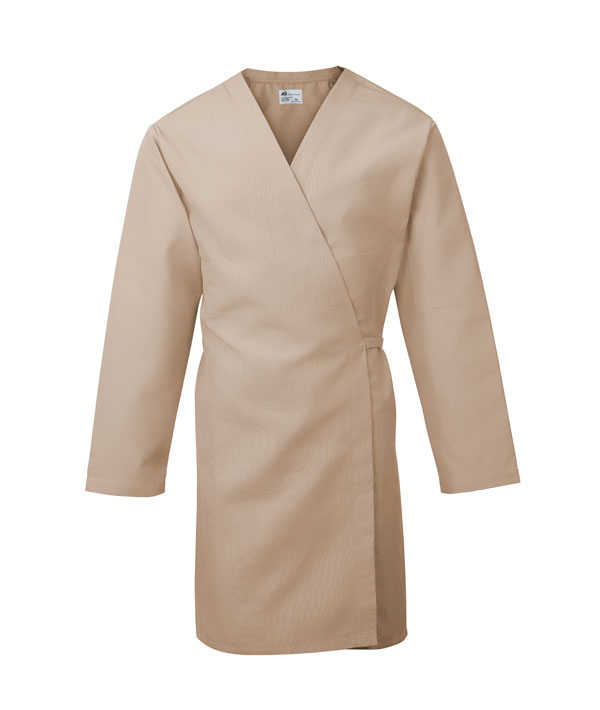HACCP Uniforms and Food Safety: 6 Facts That Will Help You Make Informed Decisions
Consumers have reasonable expectations when it comes to food safety. At the very least, they insist that their food products be free from accidental contamination, whether from pollutants or pathogens. When they sit down at the dinner table, the last thing they want to worry about is norovirus, salmonella, or unlabeled allergens.
In order to ensure the quality of their products, companies turn to the Hazard Analysis Critical Control Point (HACCP) system to identify potential risks in the food handling process. A product of the U.S. space program, HACCP has ensured the integrity of the nation’s food supply for decades, and one of its most basic provisions involves the clothes that food processors wear on a daily basis.

Fact #1 HACCP Uniforms Are the First Line of Defense Against Contamination
Food safety challenges are multiplying. From new FSMA regulations to agro-terrorism, suppliers across the country have their hands full. In the rush to mitigate new threats and comply with evolving standards, it’s easy to lose sight of the basics.
When it comes to food safety, nothing is more fundamental than ensuring that employees wear HACCP uniforms during the production process. Just as dirty or exposed hands can lead to contamination, so dirty or improper apparel can threaten the food supply—hence the need to raise awareness about uniforms and cleaning practices.
Fact #2 Pockets Can Trap Bacteria and Foreign Objects
Ever wonder why HACCP uniforms come without pockets above the waist? The reason is simple: microorganisms can get caught inside of pouches, as can objects like hair or lint. With a simple movement, a worker can transfer harmful bacteria from their smock to the food they’re preparing. Given the risks, it’s important that uniforms are made with no outward-facing pockets.
Fact #3 Buttons Are Potential Safety Hazards
Buttons may not seem like a major safety concern, but they could pose a serious risk to food items. Not only do they trap microorganisms, but they can easily pop off and fall into food or packaging. From butcher coats featuring gripper closures to wrap-style smocks, HACCP uniform manufacturers resort to creative solutions to mitigate the threat of accidental adulteration by using snap closures instead of buttons.
Fact #4 Flimsy Material Can Jeopardize Food Safety
Food processors must subject their uniforms to repeated washings. Unfortunately, your average piece of clothing will quickly begin to deteriorate after multiple laundry cycles. The result? Loose threads and disintegrating fabric can break off the uniform and get caught in packaging.
Not only that, but damaged clothing is harder to clean properly, increasing the risk of bacteria entering the food supply. The bottom line? Only industrial-grade materials can withstand the wear and tear of repeated washings, which is why HACCP uniforms are made out of the toughest, most durable textiles.
Fact #5 How You Care for Your Uniforms Is Just as Important as What You Wear

Food safety doesn’t end with uniform design. What you do with those uniforms can also mean the difference between safe and contaminated food. In order to reduce the risks, companies must clean their uniforms after every shift.
They should also have a full supply of replacement uniforms on hand, in case employees soil their clothes on the job. Finally, employers and managers must prevent workers from wearing their uniforms outside of the food processing area, where shirts and coats can pick up pollutants from the surrounding environment.
Fact #6: How You Clean and Transport Uniforms Can Also Impact Food Safety
Companies devote a great deal of time to sterilizing the immediate food processing environment, but they often overlook the uniform cleaning process. Non-sanitized laundries may harbor contaminants, and clothes can easily collect bacteria on the way to and from the cleaning facility. In order to improve safety in the nation’s food facilities, professional uniform supply companies provide advanced yet cost-effective solutions like hygienic laundering, portal-to-portal sanitation control, and poly-wrap deliveries.
HACCP Uniforms: Ensuring the Integrity of the Nation’s Food Supply
Along with sanitized environments, clean safety apparel constitutes the first line of defense against foodborne pathogens and cross-contaminated edibles. Guaranteeing that every employee wears the proper apparel at all times is one of the most important steps food supply companies can take to ensure that the food we eat is safe and healthy.
For more information about best uniform practices, follow Prudential Overall Supply’s blog or contact a representative. Together, we can help protect the quality of our food.